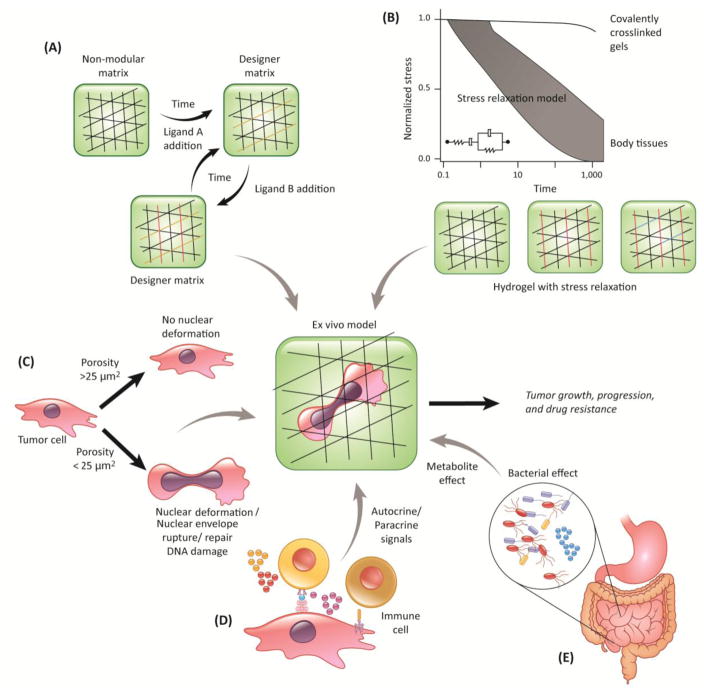Figure 1. Key Figure. Ex vivo cancer tissues with multi-dimensional control of biophysical and biochemical properties.
The schematic depicts integration of new strategies into existing tumor tissue models: (A) time dependent, controlled, reversible exchange of biochemical ligands; (B) stress relaxation that models viscoelastic behavior of tissues in comparison to current, covalently crosslinked matrices. Simple covalently cross-linked hydrogels (black lined network) with stress relaxation can be designed by including ionic bridges (red lines) and chemical spacers (e.g. polyethylene glycol, blue lines); (C) 3D niche porosity to model nuclear deformability of cancer cells; (D)-(E) integrating cell-cell and autocrine/paracrine effect of immune system and the gut microbiome

